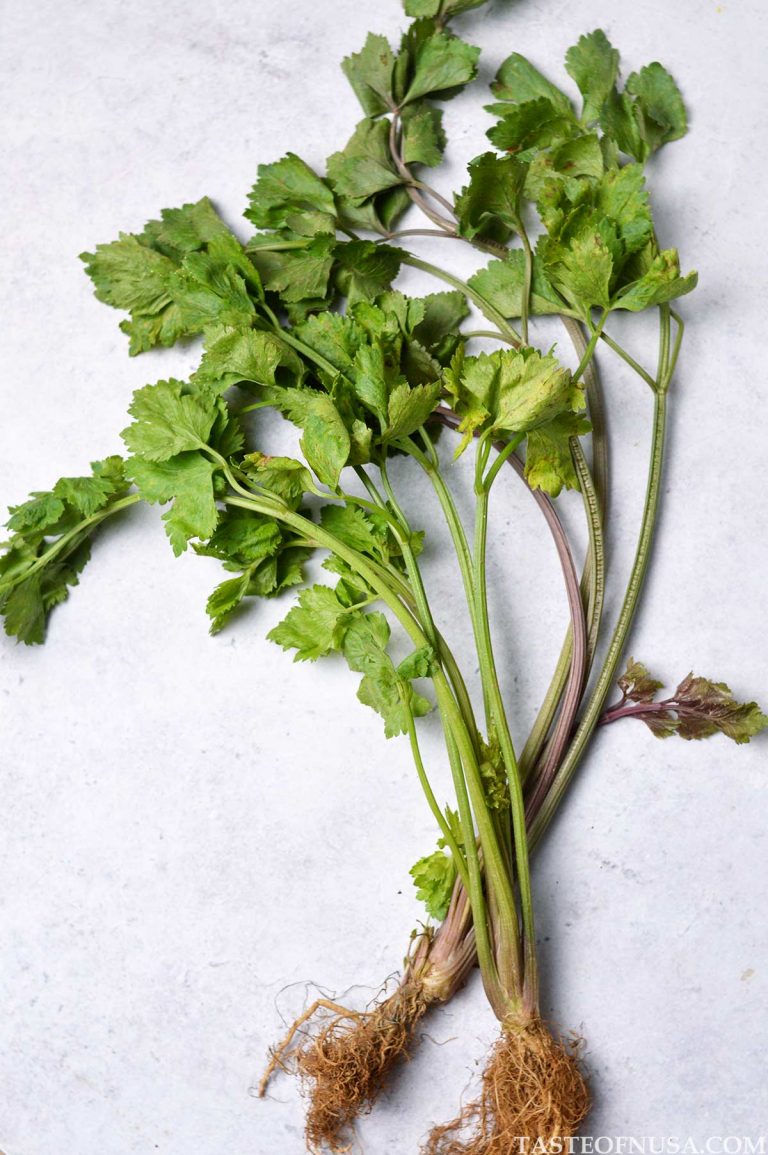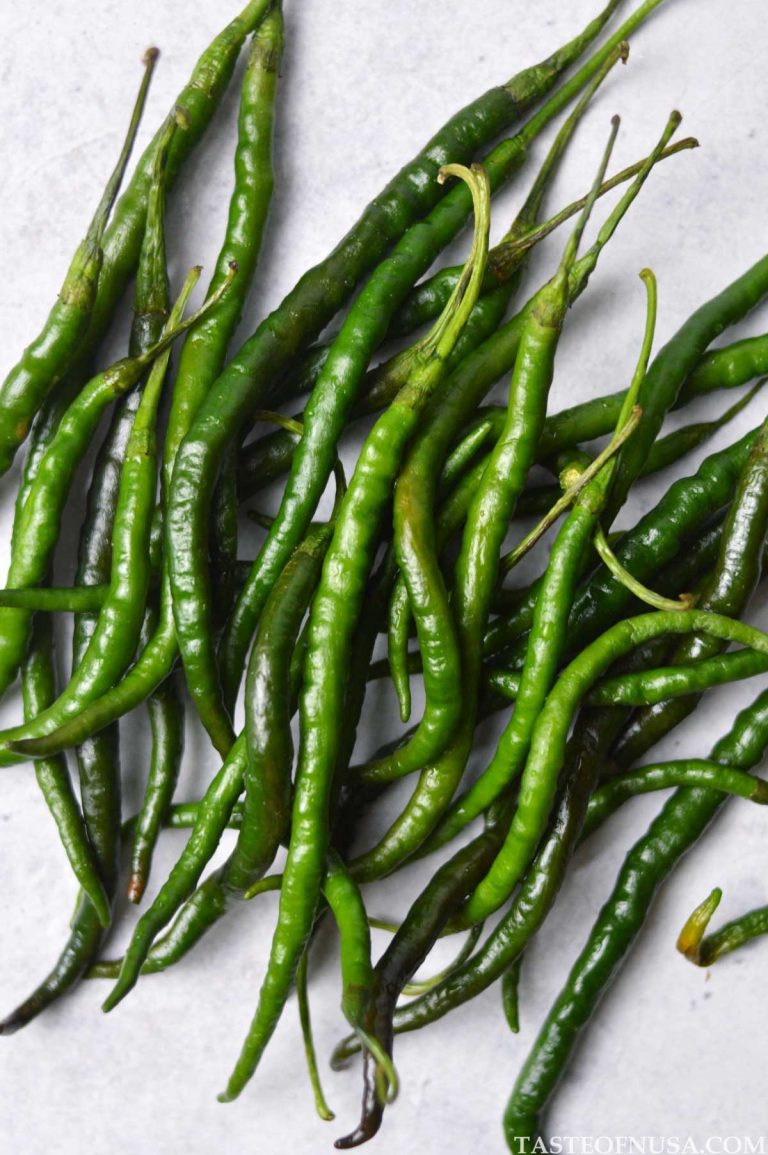Turmeric
The golden spice, turmeric, is a multi-beneficial spice with a gorgeous intense orange-yellow hue that comes with many health benefits.

What is Turmeric?
Turmeric is a member of the ginger family. The roots look a lot like ginger, except its flesh is a vibrant orange. Though native to India and Southeast Asia, its roots are used both fresh and dried in cuisines all over the world as a dye and food ingredient.
Not only turmeric is a natural source of yellow coloring, but it is also known as a superfood and medicinal spice that has powerful anti-inflammatory and antioxidant properties thanks to its curcumin content. Research has shown low rates of certain types of cancer in countries where people eat curcumin over long periods.
What Does Turmeric Taste Like?
When it comes to taste, turmeric tastes bitter, pepper, with a warm flavor. Hence, it is not taken as raw and is best when paired with other spices and herbs. It is added to foods to enhance their taste and nutritional value.
Where To Buy
Fresh turmerics are widely found in fresh markets in Indonesia or other Southeast Asia countries. It may also be found in the produce section of well-stocked grocery stores, health food stores, and Asian and Indian grocery stores in other countries.
Meanwhile, ground powder is more commonly sold all over the world. It can be found in the spice aisle of most supermarkets, in a sealed jar or bag. You may find it cheaper and fresher at Indian or Asian grocery stores.
Fresh vs Dried
Dried turmeric is the result of removing the skin, boiling, drying, and then finally grinding it into powder form. This takes away some of its essential oils and punch. However, it does retain its color, earthy warmth flavor, and medicinal values.
Even though the dried version is more widely used, the fresh root actually contains far more nutrients and is less bitter than the powder. It contains curcumin, the key ingredient that triggers the antioxidants in turmeric that get lost when it is converted into powder. Besides, fresh turmeric adds a great aroma to your food along with adding a golden color. The root is also rich in oil, which contains great antiseptic and antibacterial properties.
How to Substitute Fresh with Ground Turmeric
A rough guide to substitute fresh with ground turmeric is 1-inch fresh turmeric = 1 tbsp freshly grated turmeric = 1 tsp ground turmeric
How to Choose
If buying fresh, choose the firm, unblemished rhizomes. Avoid the soft, dried, or shriveled ones. If buying the powder, check for a bright color and a strong, bright scent. Also, check the date on the container for freshness.
Storage
Store fresh turmeric, intact with the skin, in the refrigerator in a plastic bag or airtight container for a week or two. Make sure to keep it as dry as possible, not damp or wet. If you find molds or rotten parts, just cut them and keep the remainder.
To keep it longer and prevent further drying, it can also be tightly wrapped and frozen for up to six months. Frozen turmeric will lose its firm texture, but it can still be used for recipes that call for it to be minced or mashed.
For the ground form, store in a cool, dark cupboard, away from direct heat or sunlight. It will begin to lose its potency after about six months, and even sooner if exposed to light and heat.
How to Prepare Fresh Turmeric
Like ginger, you need to peel the skin with a spoon or knife. The orange flesh then can be sliced into coins, matchsticks, cubes, or grated.
Handle with Care
The vibrant color of turmeric is, in fact, used as a natural dye. So, it will stain both your hands and any working surfaces. Handle with care and if you worry about it staining everywhere, wear kitchen gloves when you handle it. Moreover, cut it on disposable kitchen paper or a non-stain surface.






